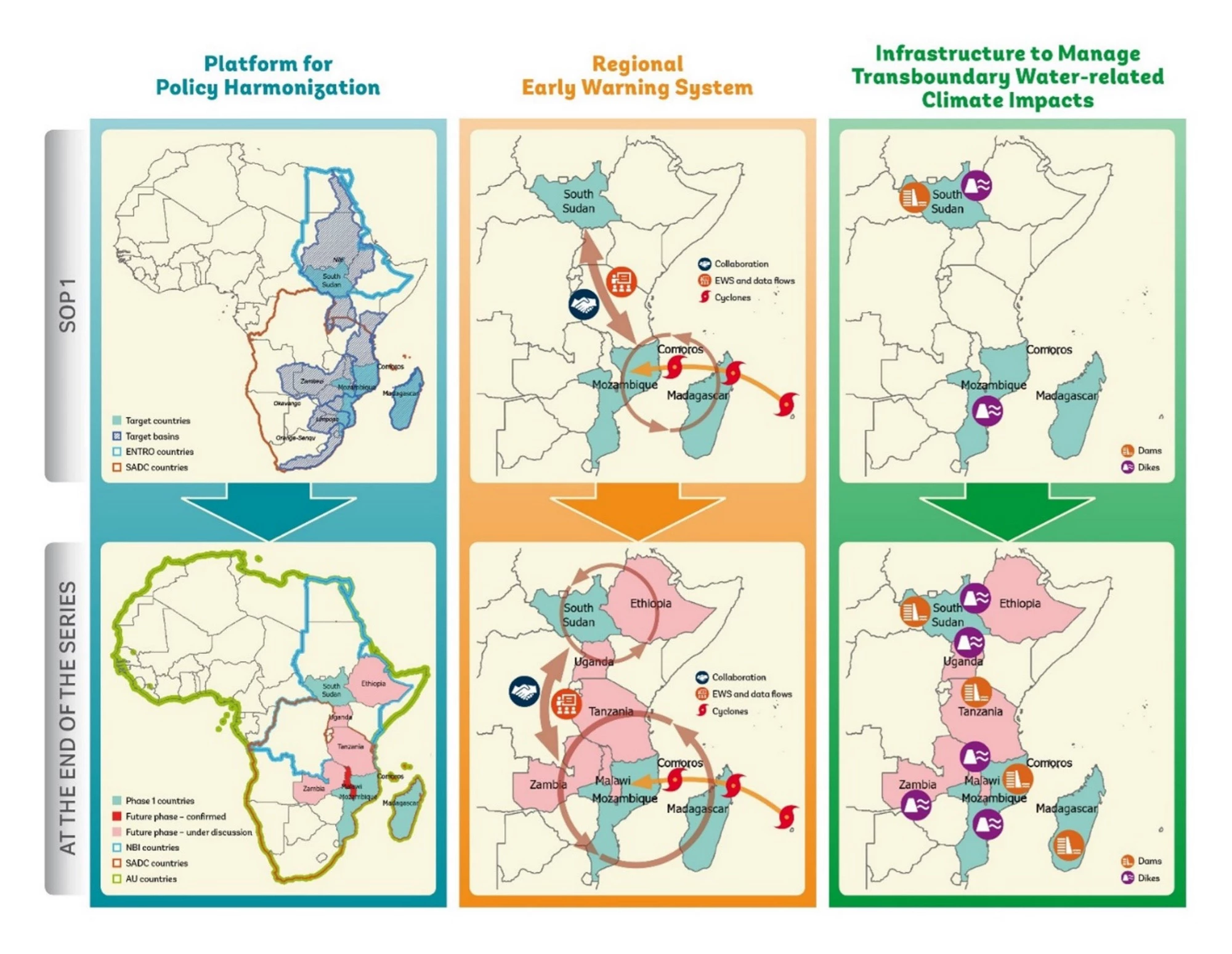When the “Swachh Bharat Mission-Gramin” (SBM-G) was launched in October 2014 with the goal of making rural India free from open defecation by 2019, it gave states and districts more flexibility than previous national sanitation programs had. This led to a successful experiment in Uttar Pradesh called “demand compression”.
The state was preparing to use a tried-and-tested triggering process, where trained motivators concentrate their efforts on a community to help improve their understanding of safe sanitation and stimulate demand for toilets in rural communities where open defecation is still common. However, they faced a problem. If all the households that were eligible for government subsidies would actually claim them, funds would soon run out. With an estimated 15 million households across Uttar Pradesh without a toilet and eligible for a government subsidy of around $200, about $3 billion would be needed.

Offering a government subsidy is an important part of the “triggering” process since it helps get households in rural communities to want a toilet. However, a sudden surge in toilet demand could overwhelm the capacity to process subsidy payments within a reasonable timeframe, which would have undermined the effort to mobilize communities and trigger toilet demand.
Mr. Vijay Kiran Anand, district magistrate in the district of Bijnor, was quick to realize that the flexibility of the SBM-G guidelines gave him an opportunity to try something called “demand compression”. This uses socioeconomic household surveys to narrow down the number of households eligible for a subsidy before starting the triggering process, by determining who genuinely could not afford to construct a toilet without financial help.
The teams quickly found that their list of eligible households – based on 2012 household survey data – needed updating, as some of the neediest households did not qualify for a subsidy while many households that were on the eligible list clearly had the resources to construct a toilet themselves.

The teams sought consensus in the community on which households would not have the means to build a toilet without a subsidy. This resulted in taking wealthier households – such as those which owned two-story houses, significant amounts of land, a car or a tractor – off the list, and offering subsidies only to the very poor, widows, and people with disabilities.
This process was termed “demand compression”, as it effectively compresses the demand for subsidies and targets it to those who truly are in need. It was an arduous task, requiring both detailed surveys, perseverance and negotiation skills. The initial lists were verified twice: first cross-checked with the national Ministry’s database, then sent back to the communities to ensure that nobody in genuine need had been left out. The final list was formally approved by the Village Panchayat and then by the District Sanitation Committee, who is responsible for the program implementation. In Bijnor District, this approach translated into 40% fewer households being eligible for a subsidy. Compressing the toilet demand by 100,000 people in Bijnor reduced the district’s outlay on subsidies by around $20 million, monies which were made available to poor households in other districts.
There was some local skepticism that demand compression would work. Mrs. Kusum, the president of the village of Rashidpur – where the initial count of 180 eligible households had been reduced to 80 – initially expected that the 100 excluded households would not want to construct a toilet. But she was surprised.
“When the eligible households initiated the toilet construction following the triggering process, the households who were compressed out also came up and started the toilet construction process – a competition of sorts was created and we were able to make our village open defecation free within two months,” she said.
The village has success stories from both sides. Ms. Atarkali, an old widow who was left out in the initial approved list of eligible households, later received a subsidy to construct her toilet and is now an active member of the village Nigrani Samiti (sanitation committee). Meanwhile, Mr. Arvind Kumar – a relatively well-off villager who was initially eligible for a subsidy but taken off the list – said: “The process made me realize that the benefit of the SBM-G scheme should go to the poor and needy first.”
When they realized how cost-effective the “compressed demand” was in Bijnor, other district magistrates in Uttar Pradesh adopted the strategy. They achieved varying levels of compression, depending on the district’s number of poor people. The eligibility list was shortened by around 40% in the relatively prosperous western district of Meerut, for example, but only by around 20% in the poorer eastern district of Varanasi. An alternative strategy, pioneered with success in the district of Shamli, was to keep more households on the list but reduce the level of subsidy to about $160.
Mr. Anand, who pioneered the strategy in Bijnor, has since been appointed the statewide mission director of SBM-G and is currently scaling up the approach in other districts. As Mr. Arvind Kumar, who constructed a toilet in Rashidpur with his own money, puts it: “Our village would not have achieved open defecation-free status in two months without the adoption of the compressed sanitation demand strategy”.

Tweet this:
- What is "compressed demand" & how does it relate to ending #opendefecation in rural India? Learn here: http://wrld.bg/WRL330fURCL #SwachhBharat
- BLOG | A new system of identifying those in need. Demand compression is helping to end #opendefecation in #India. http://wrld.bg/WRL330fURCL


Join the Conversation